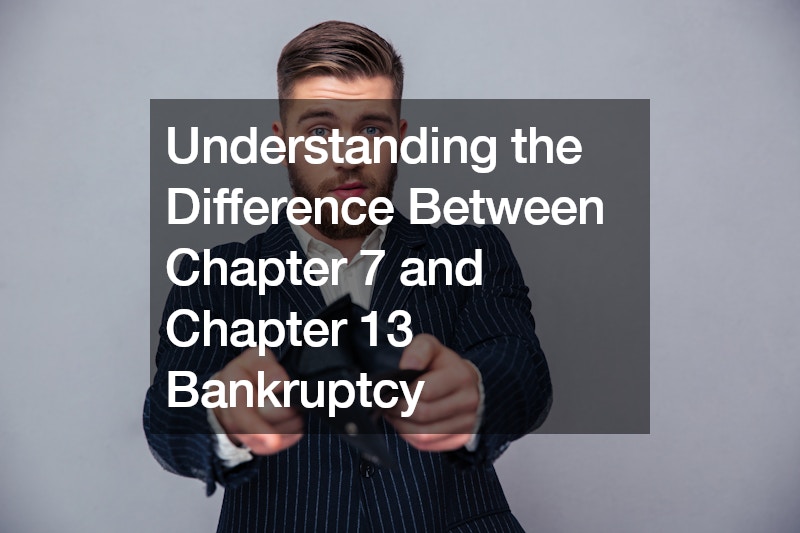Navigating bankruptcy can be daunting, but understanding the difference between Chapter 7 and Chapter 13 is crucial for those considering debt relief options.
Chapter 7 Bankruptcy: Liquidation
Chapter 7 bankruptcy or liquidation bankruptcy involves selling non-exempt assets to pay off debts. This process is suitable for individuals with limited income who cannot repay their debts.
To qualify for Chapter 7, individuals must pass a means test, which assesses their income compared to the state’s median. If their income falls below the threshold or they demonstrate insufficient disposable income, they may qualify. However, not all debts are dischargeable under Chapter 7, such as tax debt and student loans.
Chapter 13 Bankruptcy: Reorganization
Chapter 13 bankruptcy allows you to create a repayment plan to pay off your debts within three to five years. This option is suitable for individuals with regular income who can afford to make monthly payments but need restructuring to manage their debts effectively. Unlike Chapter 7, Chapter 13 does not involve the liquidation of assets, allowing individuals to retain their property. However, certain debts, such as taxes and student loans, may still require repayment.
Key Differences and Considerations
The primary difference between Chapter 7 and Chapter 13 bankruptcy lies in the approach to debt resolution. Chapter 7 focuses on liquidating assets to discharge debts quickly, while Chapter 13 involves creating a repayment plan to gradually settle debts over time. Additionally, eligibility criteria and the impact on credit scores vary between the two chapters. Understanding these differences is essential for individuals seeking financial relief through bankruptcy. Consulting with a bankruptcy attorney can provide personalized guidance based on individual circumstances.
.






